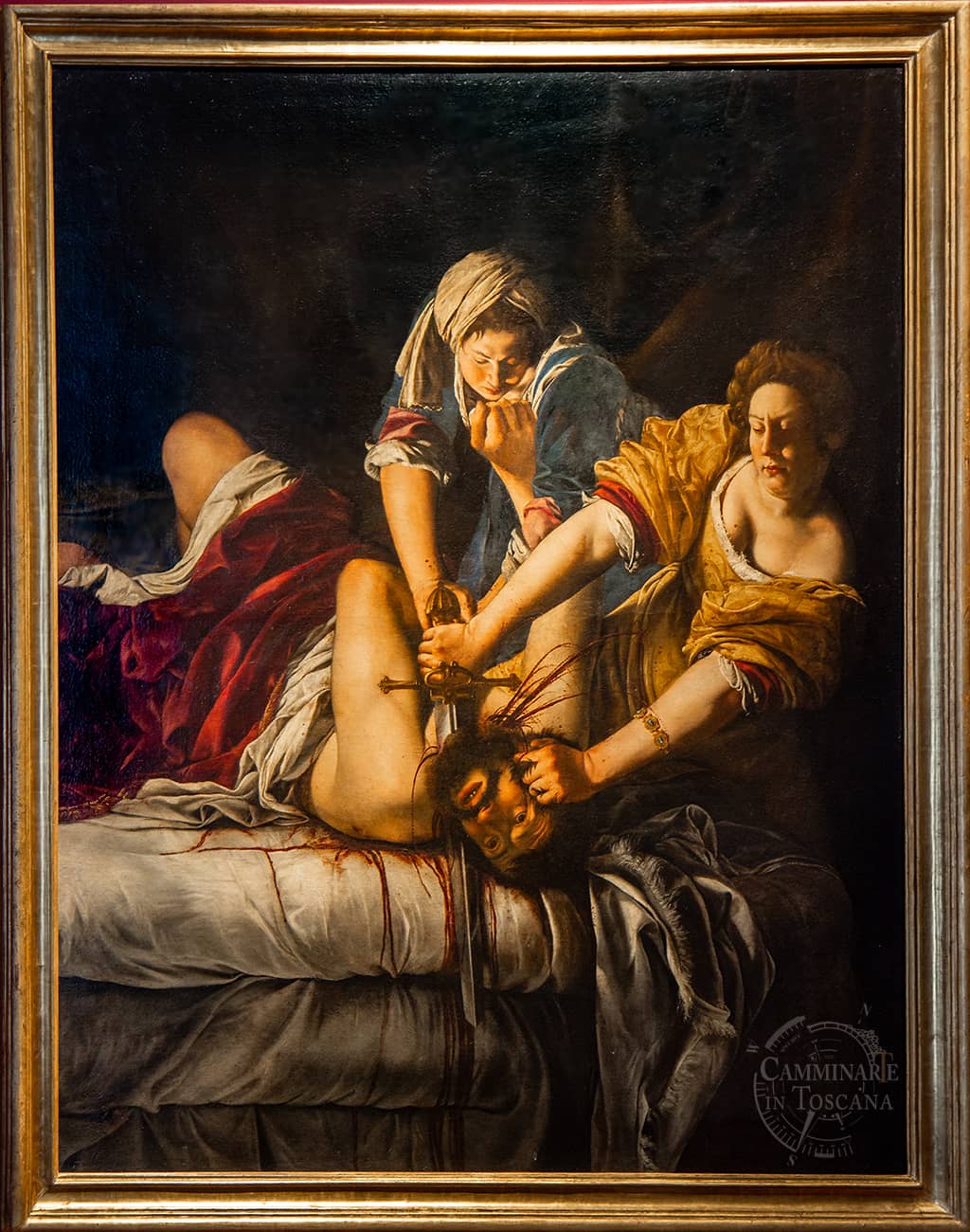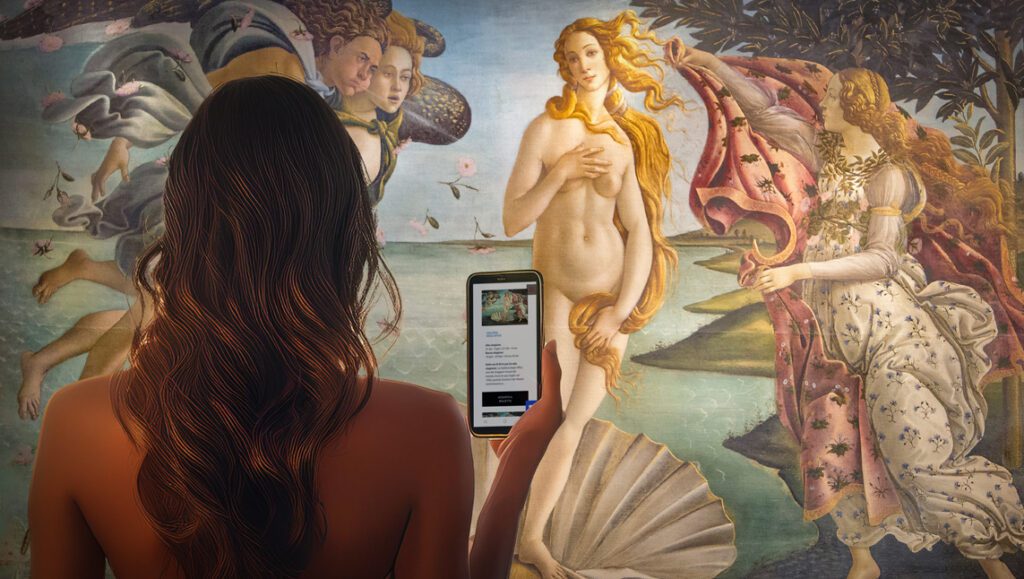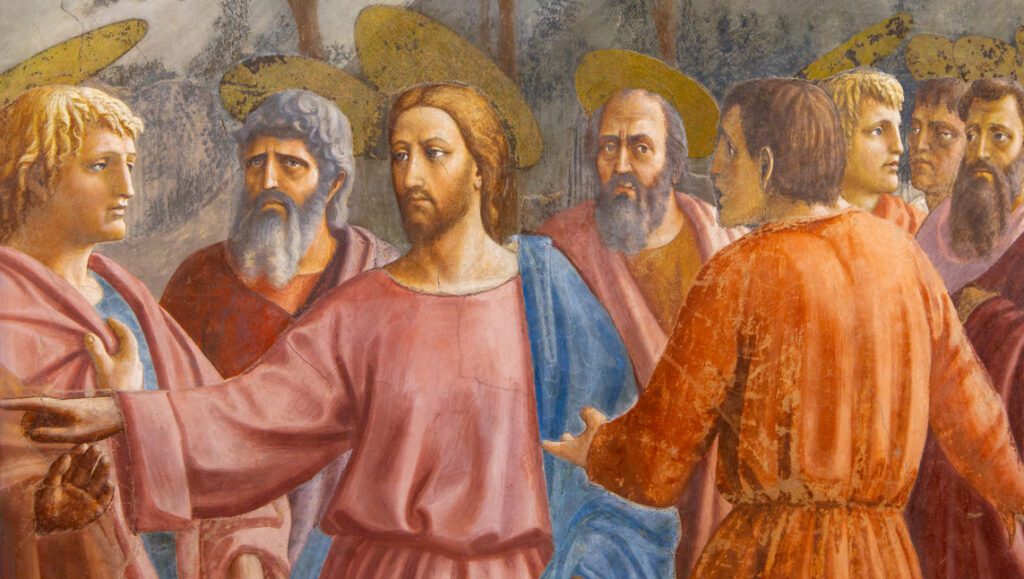
Artemisia Gentileschi, a paintress to be discovered in Florence
The anniversary of 8 July can have an important reference in the art world. Florence was the scenario in which art, starting from the fourteenth century, became the medium-expression of society and its evolution. In this city, where since the Middle Ages the lily has been always adopted as a symbol of purity, Virgin Mary became the owner of the new cathedral that citizens began to build from the end of the 200 ‘. In the cradle of the Renaissance, the word art, as a feminine noun, took on a further value over time, because it is in its museums that art – specifically painting – has found an all-female formulation. This is what can be seen with a visit to the Uffizi Gallery, where in the rooms dedicated to the seventeenth century Painting and to the Caravaggesque painters, it’s possible to appreciate some of the works made not by a painter but of a paintress.
Artemisia Gentileschi is a paintress to be discovered in Florence. This artist was one of the first painters in the whole history of art. Already the daughter of a painter – Orazio Gentileschi -, Artemisia came from Rome. After some particularly turbulent personal events that affected her, the paintress was praised in Florence for her art by the Grand Duke Ferdinando II, at a time when female in art were only the subjects represented.
One of his paintings kept at the Uffizi Gallery features Holofernes beheaded by Giuditta. The ferocious slaughter by the biblical heroine becomes a cathartic event.
The Caravaggesque lexicon adopted by Artemisia is evident in the Uffizi painting; what can be found in the canvas is the attention to some macabre details that had already characterised the painting of the great Michelangelo Merisi.

Judith and Holofernes, A.Gentileschi, 1612-17, Uffizi Gallery, Florence
Violeent acts
As in Caravaggio, the blood that flows in streams from the victims of violent acts also assumes exorcising power in Gentileschi’s works. The blood of Holofernes, the price of the just punishment that belongs to the Babylonian general because he is feared enemy of Betulia, is used by Artemisia to wash another blood, that of an ungodly and despicable act which unfortunately she, as a woman, was the unjust victim. The man who abused Artemisia in the Roman artistic circle had the miserable solidarity of their fellow artists, a world still dominated by men. With her brush, Artemisia shapes and contours her existential space, bringing to completion a professional process that was an authentic social conquest; her painting was the opportunity to express her intellectual depth, just as hes heroine Giuditta did by winning the enemy. It is a victory achieved, as in the Michelangelo David’s counterpart, thanks to the intellect and not with physical force or seductive weapons.
Artemisia Gentileschi, one of the paintress to be discovered in Florence, was born on 8 July 1593. Happy Birthday Artemisia!



